Brassica oleracea
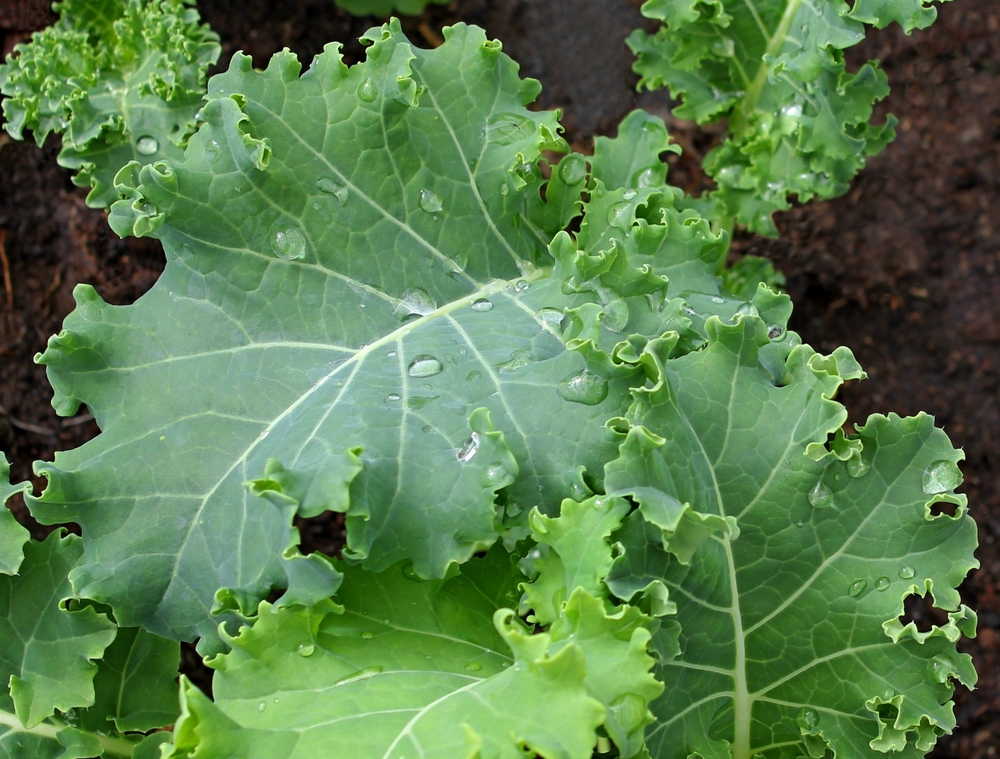
It’s on trend these days, with the vegetable having it’s own celebrity endorsements and t-shirt slogans, but don’t let that distract you. Kale is a fabulous crop to grow over the cooler seasons and will last for months as a cut-and-come-again green. This is perfect for me because I can pick exactly what I need when I need it and don’t have to worry about having wilted or rotting veggies in my fridge.
At 90, Peter Cundell attributes his good health partly to his life time eating of home-grown kale.
To describe kale as the ultimate superfood with astonishing health-giving properties is no exaggeration.
Peter Cundell
When can I grow kale?
Kale is best grown in the cooler months and in cool regions it can be grown all year round in Australia. Not only is it frost hardy, but frost actually improves the flavour of kale.
- Dry temperate regions: January to November
- Temperate & cool regions: All year
- Warm temperate and sub-tropical regions: March to September
- Semi-arid and arid regions: March to May & August to October
- Tropical regions: April to August
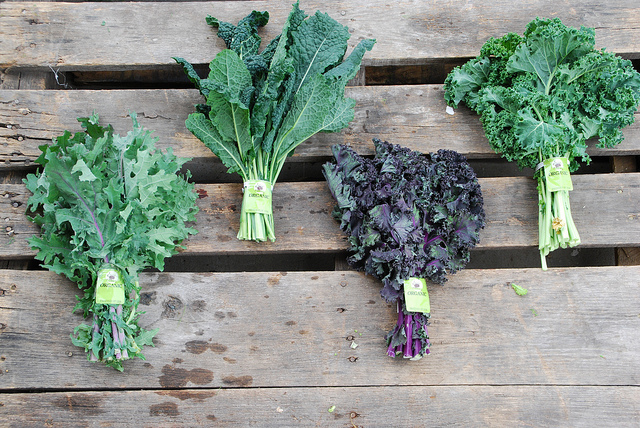
image: Red Russian, Lacinato, Redbor, Green Scotch (Suzie’s Farm, Flickr)
Varieties of kale
There are around 15 to 20 kale varieties grown in Australia.
- Nero di Toscana: An attractive Italian heirloom variety also known by other names such as Cavolo nero, dinosaur kale and black cabbage. It doesn’t form a central head and leaves are dark, narrow and highly crinkled. Will withstand frost.
- Red Russian: Tender grey-green leaves tinged with red and with purple ribs. Sweeter than some other varieties and great for salads. Grows 45 to 90 centimetres high.
- Dwarf Siberian: A compact plant 30 to 40 centimeters in height with blue-green frilled leaves.
- Early Hanover: Also known as premier, and has attractive smooth green leaves with scalloped edges. More tender than other kales and is ideal for juicing and salads. It’s an early variety and is fast growing.
- Redbor: Red-purple frilly leaves and often used as a microgreen or baby green.
- Green Cossack: Wide feathered grey leaves with greenish white veins. Young leaves are sweet and tender.
- Half Tall Scotch: Also known as Borecole, it has tightly curled leaves with a long harvest period.
- Gates Blue Curled: Heavily curled, blue-green leaves.
- Squire: An attractive heirloom variety with heavily curled blue-green leaves. Sweet and tender and slow to bolt.
- Dwarf Green: Light green curly leaves on short stems.
- Bear Nessecities: Mature plants have feathery leaves similar to mizuna with a mild mustard flavour. Baby leaves can be used in salads.
- Chou Moellier: A giant heirloom tree kale growing around 2 meters tall. Leaves are flat and slightly curled at the edges. Is is also grown as a fodder crop for livestock.
Seeds or seedlings?
You can plant either but I usually like to sow seeds into trays first then transplant them into the garden or containers. This gives me more time to prepare my garden beds and enrich the soil.
Growing tips
- provide well-drained soil with a near neutral to slightly alkaline pH
- plant in a sunny spot and keep well watered
- fertilise with compost, manure (eg. pelletised poultry manure), or other organic fertiliser and feed developing plants monthly, or liquid feed every two weeks
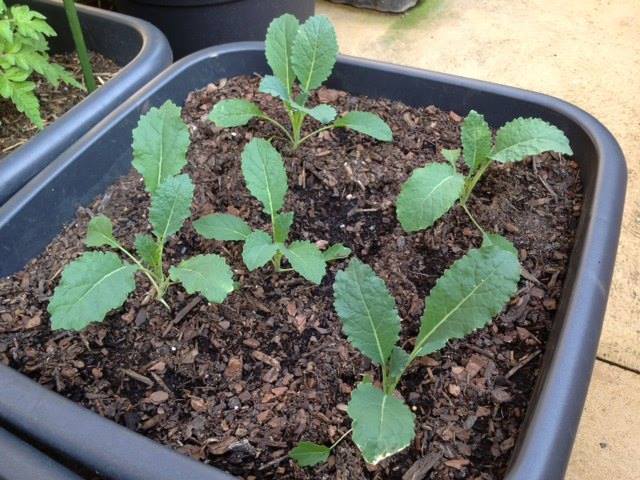
Grow kale in a container
If you only have a small space, try growing some kale in a container. I grow a crop this way every year and the plants provide enough for me to share with friends and family for several months.
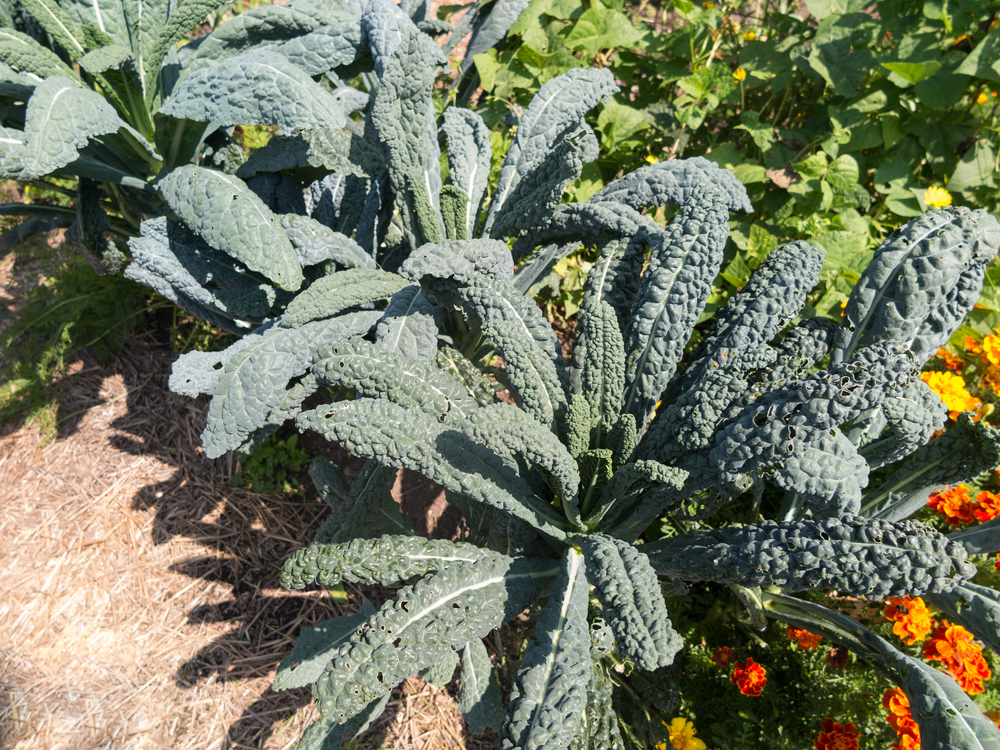
Grow ‘dinosaur’ kale with kids
Encourage children to eat their greens by letting them grow their own ‘dinosaur kale’, also known as nero di toscana.
Rotate your crops
Crop rotation helps minimise soil borne pests and diseases, as well as keeping nutrient levels at an optimal level for plants. Plant your kale after legumes (beans and peas) that will fix some nitrogen back into the soil.
Managing pests
Kale doesn’t have many pest issues but cabbage white butterfly caterpillars can be a problem. Keep a close eye on plants and pick them off. After a while you will even learn to recognise the tiny eggs that you can flick off too.
Another option is to use exclusion netting when you first plant them to prevent eggs being laid on the leaves in the first place. Any fine netting is suitable such as mosquito netting or fruit fly exclusion netting. Even some see-through curtain netting is suitable if you have some to upcycle.
It’s also helpful to grow flowers to attract beneficial insects to protect your crops. Planting about ten percent flowers is a good ratio to use. Some times of year will be more of a problem for pests so it’s a good idea to keep a brief garden diary to note down pest levels so you can plan for future years. Dipel can also be used for severe infestations.
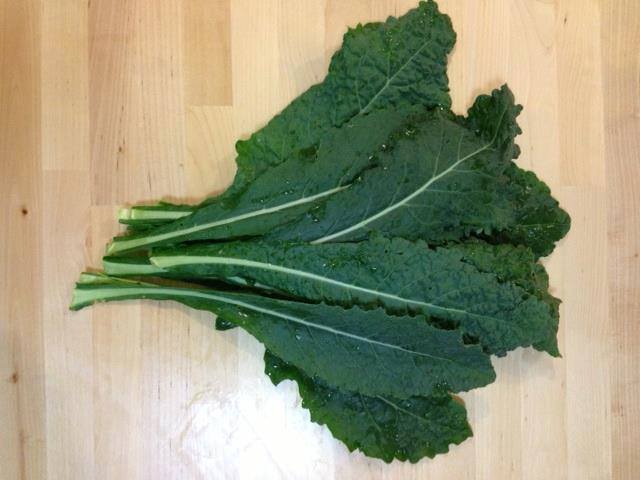
Harvesting
Begin harvesting your kale after approximately 7 weeks, and it will provide constant picking for up to 10 months. Simply use your fingers to break off the leaves them give them a wash. Experiment with using your kale in a variety of ways – steaming, frying, adding to soups, baking as chips, juicing and even eating baby leaves in salads.
Try growing collards
Collards are from the same family as kale and cabbages and have round leaves that form a loose rosette. You are most likely to find seeds through online seed stores. Varieties include ‘Champion’ and ‘Georgia Southern’.
Add some colour with ornamental kale
To add bit of colour and form to your flower beds, try growing some ornamental kale for decoration. They look wonderful clumped together and their colour lasts for a few weeks.
Where can I buy seeds?
Go to your local nursery or search for seed stores online. Try to buy seeds that have been grown in Australia. You could also join a local savers group.
I’m growing up some mixed heirloom kale seeds at the moment and will have more than enough to share seedlings with friends and family. It will fun to try some new varieties!
Read this next: Grow Your Own Snow Peas

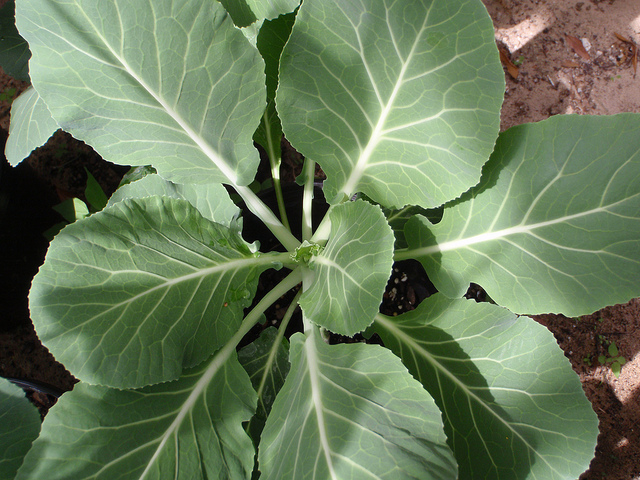
Thank you very much. I really must try to get my own kale growing here.